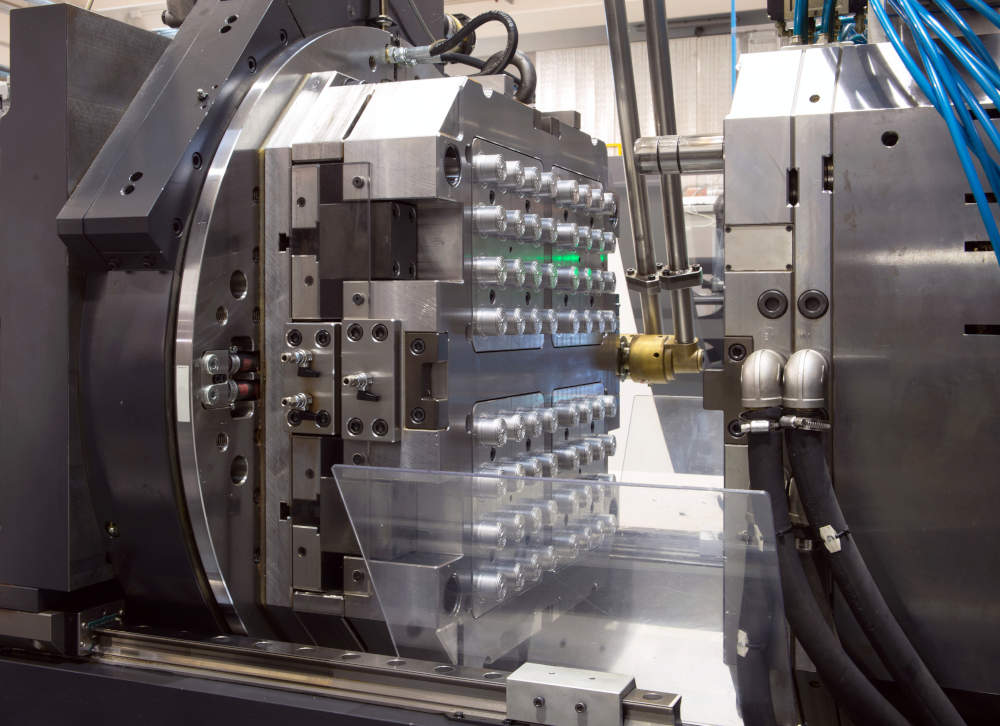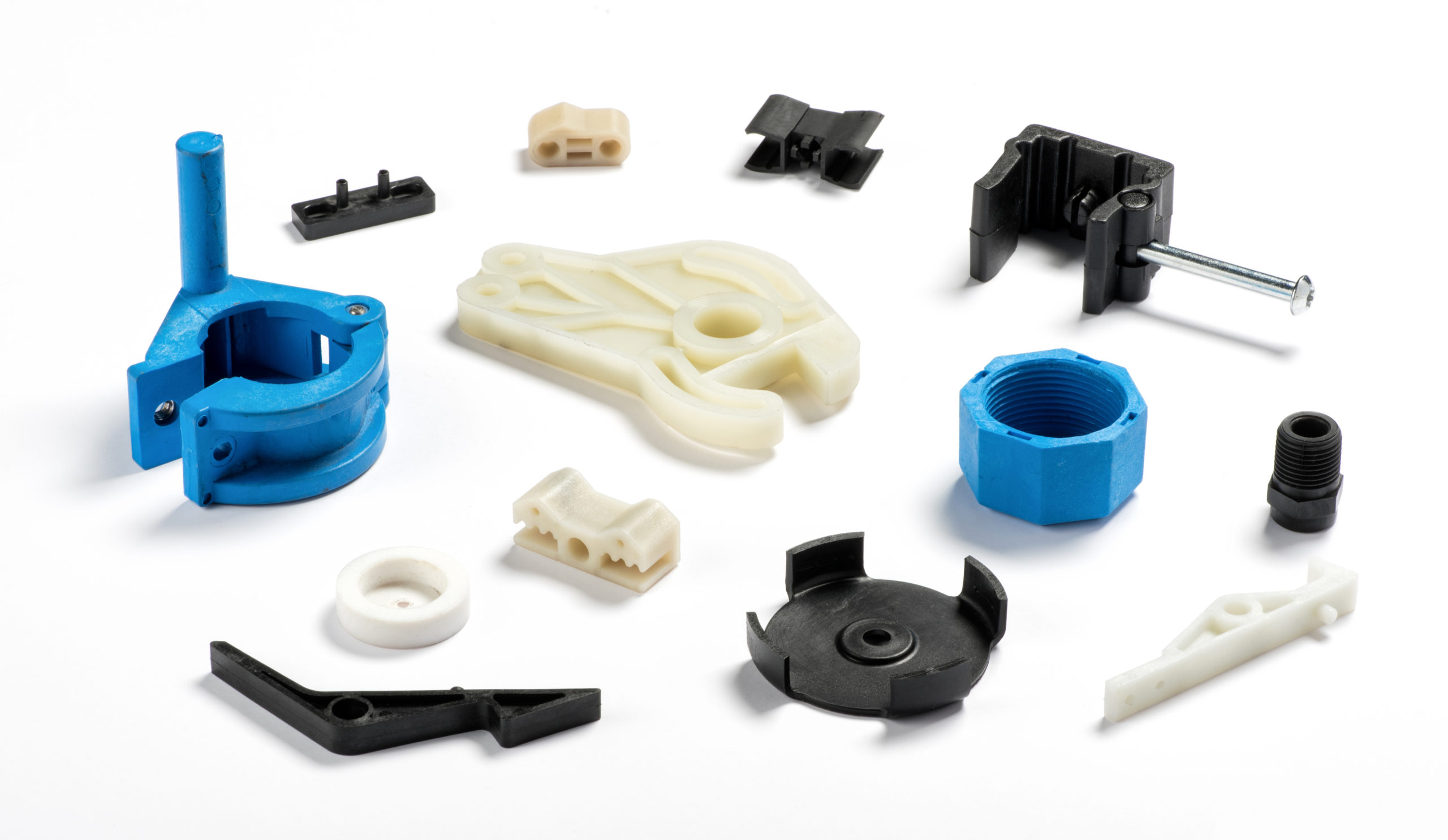The Advantages of Using Plastic Injection Molding for Custom Parts Production
The Future of Plastic Shot Molding: Advancements and fads to Watch
As the plastic shot molding industry evolves, a number of crucial fads are arising that pledge to improve its landscape. Automation and clever manufacturing methods are readied to enhance performance, while the change in the direction of lasting products reflects a growing ecological consciousness. Developments in 3D printing are paving the method for unprecedented design versatility. However, these technologies additionally generate obstacles that require careful factor to consider. Understanding how these elements will communicate and affect future techniques is vital for stakeholders aiming to browse this transformative period properly.
Automation and Smart Production
As the plastic injection molding industry advances, automation and smart production are taking spotlight, transforming manufacturing processes - Plastic Injection Molding. The assimilation of innovative modern technologies such as robotics, IoT (Web of Points), and fabricated knowledge is allowing suppliers to enhance efficiency, lower functional costs, and boost item quality. Automated systems streamline operations, reducing hand-operated treatment and enhancing throughput, which is essential in fulfilling the rising demand for rapid production cycles
Smart manufacturing innovations help with real-time surveillance and data analysis, allowing firms to maximize maker efficiency and predict maintenance needs. This positive method not just decreases downtime but additionally extends the life expectancy of tools. The usage of collaborative robotics, or cobots, improves the flexibility of production lines, making it possible for makers and workers to run side by side securely and effectively.
The fostering of automation in plastic shot molding is not merely a pattern but a critical imperative for companies aiming to continue to be affordable in a worldwide market. By utilizing these technologies, makers can achieve higher precision, reduce waste, and adapt swiftly to altering client needs, placing themselves for sustainable growth in a progressively computerized future.
Lasting Products and Practices
The push in the direction of automation and wise manufacturing has led the way for a higher emphasis on lasting materials and methods within the plastic shot molding sector. Firms are significantly seeking environment-friendly choices to standard petroleum-based plastics, resulting in the adoption of bio-based and recycled materials. These lasting products not only reduce ecological impact however additionally line up with customer need for greener items.

Additionally, cooperation between suppliers, material suppliers, and ecological companies is promoting technology in the development of lasting products that meet performance criteria without jeopardizing high quality. As guidelines around plastic use end up being more stringent, the industry is poised to adjust by accepting these sustainable techniques, making certain long-lasting stability and decreasing reliance on non-renewable sources. The combination of sustainability right into plastic shot molding is not just a pattern; it is becoming a crucial part of business duty and operational quality.
Breakthroughs in 3D Printing
Current improvements in 3D printing technology are significantly transforming the landscape of plastic injection molding. The combination of additive manufacturing processes allows for the quick prototyping of complicated geometries that were difficult or as soon as difficult to attain via standard methods - Plastic Injection Molding. This capacity not only speeds up product advancement cycles yet additionally lowers material waste, lining up with the expanding need for sustainable manufacturing methods
Furthermore, the appearance of hybrid production methods, which integrate 3D printing and injection molding, uses producers the capability to develop elaborate designs while maintaining the efficiency of automation. This strategy enables the manufacturing of customized parts customized to specific customer needs without compromising the speed and scalability that shot molding offers.
Furthermore, innovations in products, such as high-performance polymers and compounds especially created for 3D printing, are enhancing the useful abilities of published elements. These materials can withstand better tension and show boosted thermal buildings, making them suitable for even more requiring applications.
As official website 3D printing continues to progress, its integration into plastic injection molding processes assures to enhance efficiency, lower prices, and foster development in product design, placing suppliers to better satisfy the obstacles of an open market.
Information Analytics and IoT Assimilation
Information analytics and the assimilation of the Internet of Points (IoT) are revolutionizing plastic shot molding by giving manufacturers with unmatched insights into their procedures. By leveraging real-time information gathered from interconnected equipments and sensors, makers can monitor efficiency metrics, recognize ineffectiveness, and optimize manufacturing procedures. This data-driven approach facilitates anticipating maintenance, lowering downtime and prolonging tools life expectancy.
In addition, IoT integration permits for enhanced quality assurance. By constantly tracking variables such as stress, temperature level, useful content and cycle times, makers can promptly spot variances from established parameters and make adjustments in genuine time. This not just enhances product uniformity yet additionally reduces waste and scrap rates.
The blend of information analytics and IoT modern technologies also empowers makers to adopt even more active manufacturing approaches. With access to extensive data analytics, companies can respond to market demands with greater flexibility, changing production timetables and setups as required. This adaptability is important in a swiftly altering production landscape.

Personalization and Style Adaptability
How can modification and design flexibility enhance the competition of plastic shot molding? In a progressively diverse market, the ability to provide customized options is vital. Personalization allows producers to satisfy specific client requirements, suiting special my company dimensions, shapes, and functionalities that common items may not fulfill. This flexibility not just promotes client commitment but also opens up opportunities for brand-new company opportunities across different fields, from automotive to customer goods.
Improvements in design technologies, such as computer-aided style (CAD) and fast prototyping, more strengthen this fad. These tools allow designers to create detailed patterns and intricate geometries, which can be effortlessly integrated right into the manufacturing process. Consequently, suppliers can react promptly to changing consumer choices and market needs.
Furthermore, the application of modular tooling systems enhances layout flexibility, enabling quicker changes in between different item layouts without substantial downtime. This versatility can result in reduced preparations and reduced manufacturing expenses, making companies extra active and competitive. Ultimately, embracing customization and style flexibility in plastic shot molding not only boosts item offerings yet also enhances market positioning in an ever-evolving landscape.
Verdict
The future of plastic injection molding is characterized by significant improvements in automation, lasting techniques, and innovative materials. The combination of IoT and information analytics will certainly enhance operational efficiency and anticipating maintenance. Furthermore, the adoption of recycled and bio-based products, alongside progression in 3D printing, will cultivate sustainability within the sector. Personalization via modular tooling and fast prototyping will enable producers to continue to be responsive and affordable to the vibrant demands of the marketplace.

The future of plastic shot molding is defined by substantial improvements in automation, sustainable techniques, and ingenious materials.